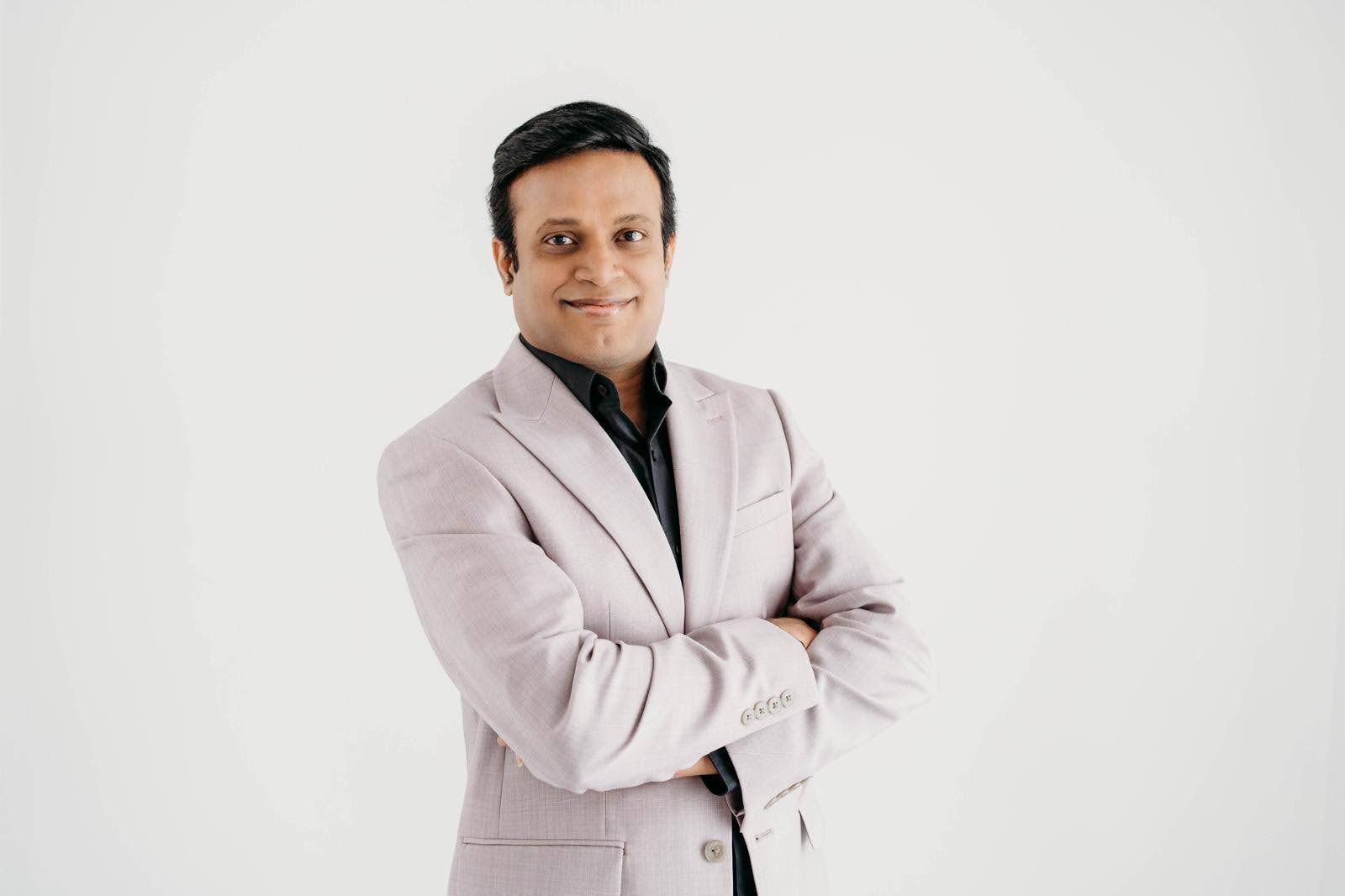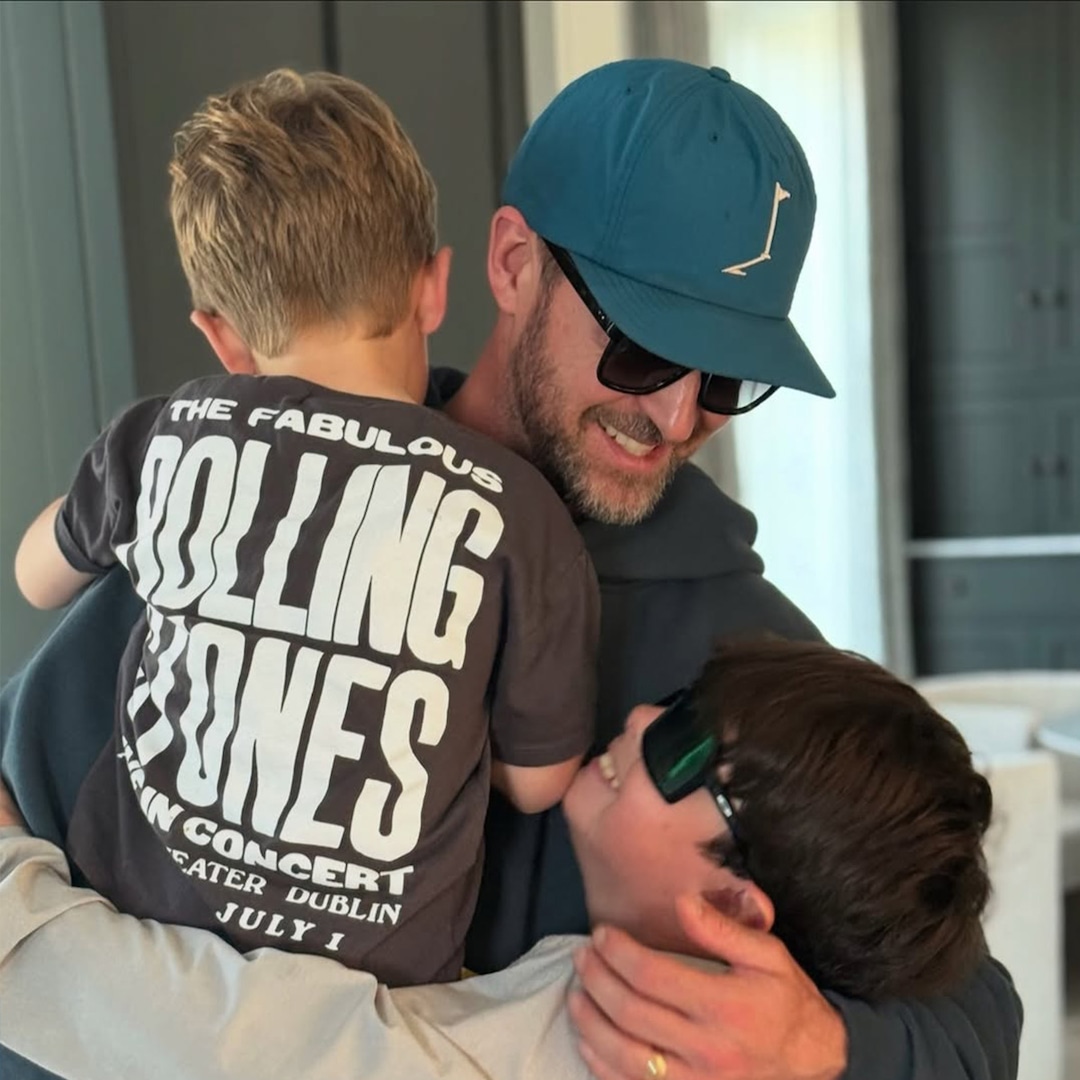As the global burden of cancer continues to rise, early detection and personalized treatment remain among the most pressing challenges in oncology. Traditional diagnostic workflows—fragmented across imaging, pathology, and clinical records—often delay intervention and limit physicians’ ability to see the full patient picture. Addressing this critical gap, Gangadhar Vasanthapuram, an innovator at the intersection of artificial intelligence and medical imaging, introduces a new class of diagnostic intelligence: a multimodal AI framework that unifies visual, textual, and biological signals to dramatically improve diagnostic precision.
In his recent landmark work, “Integrating Multimodal Generative AI and LLMs for Precision Oncology Diagnostics,” Gangadhar outlines how generative AI models, large language models (LLMs), and federated learning architectures can be orchestrated to deliver faster, context-rich, and explainable cancer diagnostics that support both clinicians and patients at scale.
“We’re at an inflection point where machines can not only interpret medical images but also contextualize them using clinical narratives, pathology reports, and genomic cues,” Gangadhar notes. “This is not just automation—it’s an augmentation of human expertise with AI-driven insight.”
From Fragmented Data to Unified Diagnostic Intelligence
The study draws from real-world oncology workflows and demonstrates how AI can bridge gaps across traditionally siloed diagnostic processes. The multimodal system leverages foundational vision-language models trained on vast image-text datasets and fine-tuned on domain-specific medical corpora.
Key outcomes from early-stage clinical deployments include:
- 30% increase in early-stage cancer detection across lung and breast cases
- 40-minute average diagnostic turnaround, down from over 4 hours
- Seamless integration of imaging (CT, MRI, histopathology), EMR notes, and lab reports into a single decision-support interface
By harnessing LLMs like BioGPT and MedPaLM to interpret unstructured physician notes and correlate them with image-based models, Gangadhar’s framework offers clinicians a richer diagnostic context, highlighting anomalies, identifying rare correlations, and even suggesting potential next steps in the diagnostic pathway.
Building Interpretable and Ethical AI for Healthcare
At the core of this framework is a strong emphasis on explainability and auditability. Recognizing the critical role of trust in medical AI, Gangadhar has embedded mechanisms that make the model’s inferences transparent and traceable.
From heatmap-based image attention to confidence scoring and rationale summaries in diagnostic reports, every recommendation made by the system is backed by a clear visual and textual justification. These features not only help clinicians validate AI insights but also support compliance with regulatory frameworks like HIPAA, GDPR, and emerging AI ethics standards.
Federated learning architectures ensure data privacy by training models locally on hospital servers, minimizing data movement while benefiting from aggregated model improvements. Hospitals retain data sovereignty while contributing to a collective improvement of diagnostic intelligence.
A Strategic Leap Toward Scalable Precision Medicine
This AI-powered approach isn’t just about speeding up diagnostics—it’s about fundamentally reshaping how oncology care is delivered. By aligning multimodal diagnostics with real-time data processing, Gangadhar’s framework enables personalized care at scale, even in resource-constrained environments.
One pilot study in a public healthcare network showed a 2.4x improvement in diagnostic consistency across geographically dispersed hospitals, thanks to standardized AI interpretation layered over diverse medical infrastructure.
Importantly, the system is architected for modular expansion. Future phases include predictive models for tumor progression, AI-led treatment recommendation engines, and LLMs trained on clinical trial literature to support oncologists in evidence-based decision-making.
Future-Forward Oncology: Scaling AI with Purpose
As AI becomes increasingly integral to healthcare, Gangadhar’s vision sets a compelling precedent for the future of precision medicine. His multimodal diagnostic framework positions AI not as a replacement for clinicians but as a trusted partner that enhances their ability to make timely, accurate, and life-saving decisions.
With future enhancements already in progress—such as behavioral baselining, risk scoring, and outcome prediction based on longitudinal health data—this innovation marks a turning point in how cancer care is conceptualized and delivered.
As oncology evolves toward an era of real-time, data-driven decision-making, Gangadhar’s work makes a powerful case for AI that is human-aligned, clinically interpretable, and built for global impact.
About Gangadhar Vasanthapuram
Gangadhar Vasanthapuram is a seasoned technology leader and enterprise architect with 20+ years of experience in cloud, AI, and advanced computing—particularly in regulated sectors like healthcare and life sciences. With over 15 years in software engineering and 4+ years in change management, he blends deep technical expertise with strategic leadership.
He holds certifications such as PgMP, PMP, PMI-ACP, PSM-II, ICP-ACC, and various cloud credentials. Gangadhar is a proven leader in enterprise Agile transformations, driving SAFe adoption, aligning Agile Release Trains, and enabling cross-functional collaboration. His current focus is on building transparent, clinically interpretable AI systems that support—rather than replace—professionals in high-stakes fields like oncology and precision medicine.



